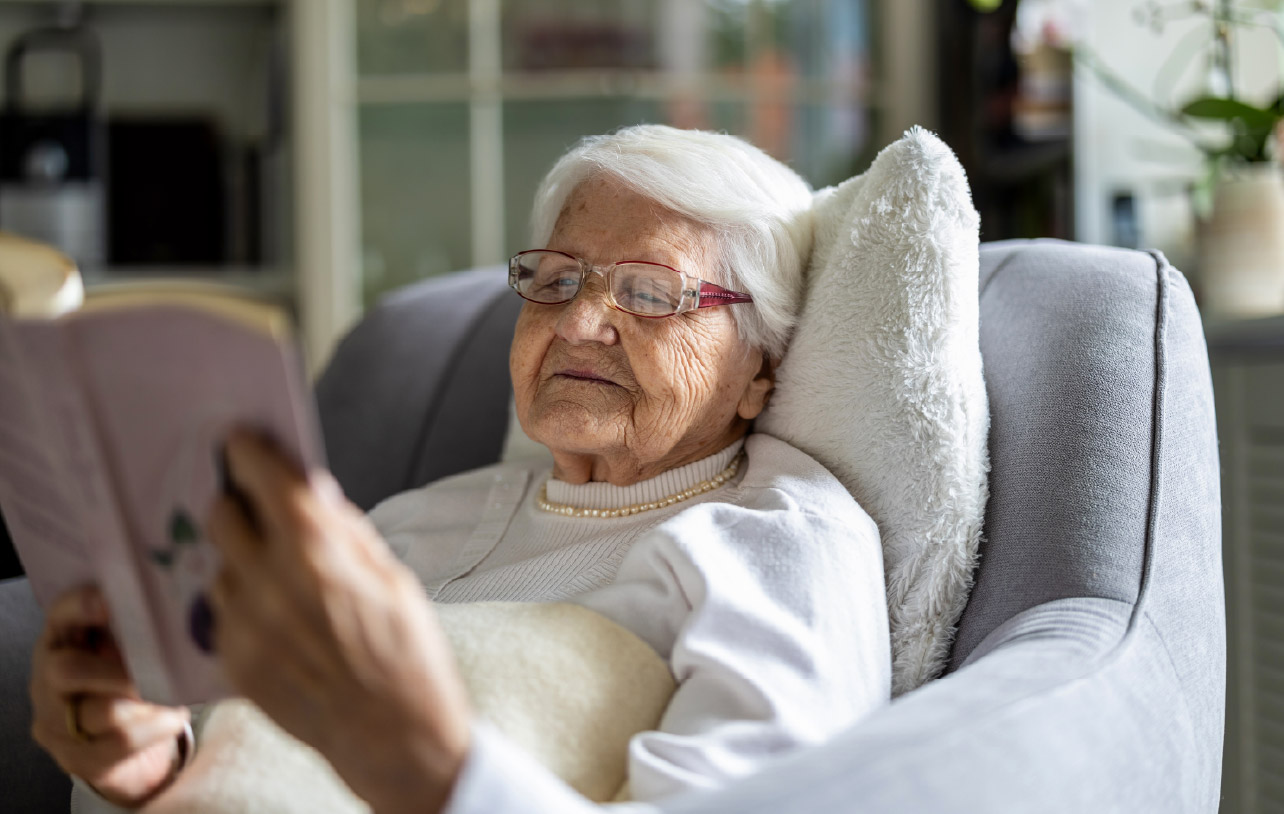Aging in place is quickly becoming the dominant preference among older adults, with over 75% of people aged 50 and older expressing a desire to remain in their homes rather than move to assisted living or nursing facilities. For many, staying home represents independence, dignity, and continuity. But while aging in place reflects a growing desire for autonomy, it does not eliminate the need for institutional care. In fact, assisted living and skilled care facilities play a vital role for those requiring full-time support or medical supervision. That’s why the future of eldercare lies in a more flexible, scalable care continuum—where seniors can remain at home longer with the right support and smoothly transition to more comprehensive care settings when needed. The U.S. senior population is projected to nearly double by 2050, while care facilities continue to face staffing shortages and rising operational costs. These pressures are intensifying the need for adaptable, home-based models that delay—but do not displace—the transition to full-time care. Healthtech and eldercare providers must design solutions that align with seniors’ goals while working in harmony with professional care environments.
Reason #1: Independence & Control Over Daily Life
For many older adults, aging in place is about preserving dignity, autonomy, and a deep sense of self. Independence is an inherently personal matter. After a lifetime of making their own decisions, older adults often view staying at home as key to maintaining independence, especially in the face of age-related challenges. Institutional care, by contrast, can feel restrictive. Rigid schedules for meals, medications, and activities may be efficient, but they often strip away personal choice. Even small decisions—when to wake up, what to eat, or how to decorate a room—carry emotional weight. Losing control over these routines can feel deeply disempowering. Healthcare providers need to recognize that empowering daily autonomy is essential. Aging in place solutions should support—not replace—independence. But when home support is no longer enough, care transitions should still preserve as much autonomy as possible through flexible models that balance structure with choice. This means designing care that’s flexible, culturally aware, and responsive to individual preferences. Seniors want support that helps them live safely at home without giving up the rhythms and routines that make life feel their own.
Reason #2: Emotional & Psychological Well-Being
Aging in place is so much more than just your physical health as you age; it’s also a deeply emotional process. This sense of familiarity can reduce anxiety and support mental clarity, helping to prevent disorientation and behaviors like “sundowning,” which often worsen in unfamiliar environments. By contrast, assisted living facilities can feel impersonal. Shared spaces, limited privacy, and strict routines may increase stress and lead to feelings of helplessness. The transition itself—downsizing, selling a home, adapting to institutional life—can feel like an emotional upheaval, often triggering depression, confusion, or a loss of self-worth. While many seniors thrive at home, others may eventually benefit from the structured support of assisted living. The key is to ensure transitions happen when truly needed—and are guided by emotional and psychological readiness, not just logistics. Living at home helps preserve a sense of purpose. Daily routines, hobbies, and even small household decisions keep seniors mentally engaged. Crucially, it also sustains social bonds. With more than one in three seniors reporting feelings of loneliness, maintaining relationships with neighbors, pets, and the broader community is more important than ever. Yet moving often severs these connections. Healthcare providers must recognize that aging in place is as much about emotional and psychological wellness as it is about physical safety. That means designing solutions that preserve autonomy, reduce disruption, and foster connection—while supporting blended care models that include family, part-time aides, virtual visits, and smart tech.
Reason #3: Cost-Effectiveness & Financial Considerations
While aging in place is often driven by lifestyle preferences, cost is an equally critical factor—and one that care providers must prioritize when designing solutions. With institutional care often best suited for those with higher needs, home-based aging presents a scalable and customizable alternative for those who do not yet require full-time support. The key lies in customization: caregivers can build support plans tailored to the level of help required, paying only for the services they need. This approach makes expenses more manageable—spreading out costs over time with targeted upgrades like grab bars or smart lighting, rather than committing to ongoing facility fees. As aging in place becomes a more sustainable care model, healthcare providers must deliver flexible, cost-effective systems that go beyond clinical needs. Tools like remote monitoring, AI-powered sensing, and telehealth not only reduce hospital visits but also help seniors stay safer and more independent at home.
Building Solutions That Truly Support Aging in Place
The next generation of aging in place solutions should be:
- Flexible, so they can evolve alongside seniors’ changing health and mobility needs
- Culturally aware, respecting traditions, routines, and personal values
- Connected, strengthening relationships, routines, and social ties
- Collaborative, integrating family caregivers and care professionals into the loop
- Supportive, easing the daily burden for caregivers, reducing burnout, and giving them the tools to manage care more confidently
- Affordable and scalable, reducing financial strain while enhancing care access
Aging in place is about expanding options. The goal is a blended system that gives seniors and families more choice in how and when to access the right level of care. For AgeTech innovators and care professionals, the message is clear: seniors want to age at home, surrounded by familiar people and routines. Families seek personalized care, not institutional models, and rising costs make home-based aging a more practical option. To meet this need, solutions must empower seniors, support caregivers, and adapt to real life. The goal shouldn’t just be about longevity but also quality of life, driven by independence, emotional wellness, financial viability, and family connection.

